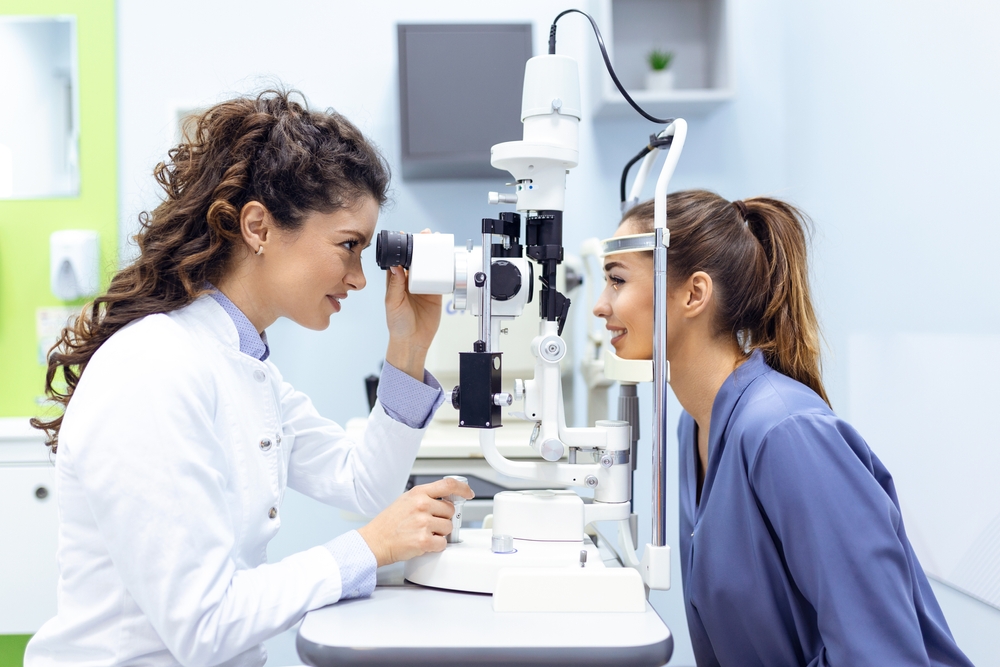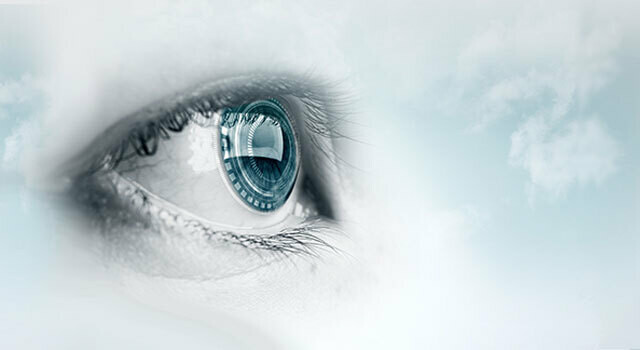Everything You Required to Know About the current Developments in Glaucoma Treatment and Eyecare
In the realm of ocular health and wellness, advancements in the treatment and administration of glaucoma have actually been continuously evolving, paving the way for enhanced client care and results. From sophisticated diagnostic devices that offer unprecedented insights right into the condition development to cutting-edge medical strategies that promise better accuracy and quicker recuperation times, the landscape of glaucoma therapy is undertaking a substantial improvement.
Advanced Diagnostic Technologies
Advanced analysis innovations play a critical function in the very early detection and tracking of glaucoma, permitting more effective therapy and monitoring of the condition. Among these technologies, optical coherence tomography (OCT) sticks out as a non-invasive imaging method that offers detailed cross-sectional pictures of the retina, optic nerve head, and retinal nerve fiber layer. This high-resolution imaging aids medical professionals evaluate structural adjustments in the eye brought on by glaucoma, enabling them to interfere quickly.
In addition, aesthetic field screening, such as automated perimetry, is an additional crucial analysis device for evaluating glaucoma-related vision loss - glaucoma service near me. This test measures the level of sensitivity of a client's aesthetic field, assisting to detect any locations of vision loss or distortion. By combining OCT imaging with aesthetic field screening, health care service providers can get a detailed understanding of the illness's development and tailor therapy plans as necessary
Minimally Invasive Procedure
In the realm of glaucoma administration, the emphasis moves towards minimally invasive surgeries as a positive approach to attend to the progression of the condition adhering to advanced analysis assessments such as optical comprehensibility tomography (OCT) and aesthetic field testing. Minimally intrusive glaucoma surgical treatments (MIGS) have actually gained popularity because of their effectiveness in lowering intraocular pressure while reducing the risks and healing times related to conventional glaucoma surgeries. These procedures are usually executed via small cuts, commonly together with cataract surgical treatment, making them much less invasive and much more comfy for clients.
Some typical MIGS treatments consist of trabecular micro-bypass stents, which boost the discharge of liquid wit, and micro-sized implants that enhance drainage in the eye. Furthermore, laser treatments such as selective laser trabeculoplasty (SLT) offer a non-invasive option for reducing intraocular pressure. By integrating these minimally invasive methods into glaucoma administration, eye doctors can give people with reliable therapy alternatives that focus on safety and security and fast healing, inevitably boosting lasting outcomes for individuals with glaucoma.
Unique Medicine Treatments
Arising medication therapies existing appealing opportunities for enhancing the medicinal administration of glaucoma, offering cutting-edge techniques to address intraocular stress control and illness progression. One unique medication therapy that has actually garnered focus is Rho kinase inhibitors.

Telemedicine and Remote Monitoring
With the advancement of novel drug therapies expanding the treatment landscape for glaucoma, the assimilation of telemedicine and remote tracking arises as a critical part in improving person care and condition management. Telemedicine allows eye treatment specialists to remotely analyze patients, supply assessments, and screen disease progression without the requirement for in-person visits. This is especially advantageous for glaucoma people who need constant monitoring to stop vision loss. Remote surveillance technologies enable individuals to gauge their intraocular stress or visual field in the house, enabling timely modifications to therapy strategies. By making use of telemedicine and remote monitoring, doctor can improve accessibility to care, enhance client conformity, and identify possible issues early, resulting in much better results for individuals with glaucoma. Furthermore, these modern technologies supply ease for patients, especially those in remote areas or with movement restrictions, by minimizing the requirement for regular center sees. Welcoming telemedicine and remote surveillance in glaucoma monitoring stands for a substantial innovation in optimizing person treatment and treatment efficacy.
Personalized Treatment Approaches
Advancing beyond standard one-size-fits-all techniques, tailored therapy approaches customized to individual client characteristics are reinventing the monitoring of glaucoma. By tailoring treatment plans based upon elements such as age, disease severity, lifestyle, and other wellness problems, eye doctors can optimize outcomes and enhance person fulfillment.
Customized treatment methods in glaucoma entail an extensive assessment of each client's distinct profile. This might include genetic screening to identify specific threat elements, imaging strategies to analyze structural adjustments in the eye, and functional examinations to evaluate aesthetic area loss. By incorporating these personalized understandings, doctor can create targeted interventions that deal with the underlying causes of glaucoma progression for each person.
In addition, developments in innovation have actually enabled the development of tailored treatment alternatives such as minimally invasive glaucoma surgical procedures (MIGS) customized to the individual's certain requirements - retina service near me. These procedures use reliable intraocular stress control with less difficulties, enhancing the overall top quality of treatment for glaucoma patients. Welcoming tailored therapy approaches notes a substantial standard shift in glaucoma monitoring, emphasizing accuracy medication to provide tailored services for better patient results
Verdict
In conclusion, the current developments in glaucoma treatment and eyecare consist of advanced diagnostic innovations, minimally invasive procedures, novel drug therapies, telemedicine and remote monitoring, and customized treatment methods. These developments are changing the method we detect and treat glaucoma, providing even more customized and effective options for patients. By staying current with these growths, healthcare specialists can provide far better treatment and boost results for people with glaucoma.

With the evolution of unique medication treatments expanding the therapy landscape for glaucoma, the combination of telemedicine and her explanation remote tracking arises as a critical element in improving client care and condition management. retina service near me. Embracing telemedicine and remote tracking in glaucoma administration stands for a substantial development in maximizing client care and therapy efficacy
In verdict, the most current technologies in glaucoma therapy and eyecare include advanced diagnostic modern technologies, minimally invasive medical procedures, novel medication treatments, telemedicine and remote link surveillance, and tailored treatment approaches.